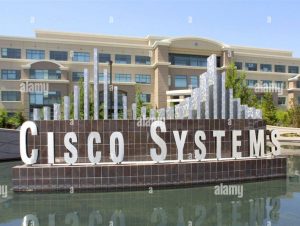Policing – WAN Availability and QoS
2 min read
Policing involves tagging or dropping traffic, depending on the match criteria. Generally, policing is used to set the limit of traffic coming into an interface (ingress) and uses a “leaky bucket mechanism.” Policing can be used to forward traffic based on conforming traffic and to drop traffic that violates the policy. Policing is also referred to as committed access rate (CAR). One example of using policing is giving preferential treatment to critical application traffic by elevating to a higher class and reducing best-effort traffic to a lower-priority class.
When you contrast traffic shaping with policing, remember that traffic shaping buffers packets, while policing can be configured to drop packets. In addition, policing propagates bursts, but traffic shaping does not.
Queuing
Queuing refers to the buffering process used by routers and switches when they receive traffic faster than it can be transmitted. Different queuing mechanisms can be implemented to influence the order in which the different queues are serviced (that is, how different types of traffic are emptied from the queues).
QoS is an effective tool for managing a WAN’s available bandwidth. Keep in mind that QoS does not add bandwidth; it only helps you make better use of the existing bandwidth. For chronic congestion problems, QoS is not the answer; in such situations, you need to add more bandwidth. However, by prioritizing traffic, you can make sure that your most critical traffic gets the best treatment and available bandwidth in times of congestion. One popular QoS technique is to classify your traffic based on a protocol type or a matching access control list (ACL) and then give policy treatment to the class. You can define many classes to match or identify your most important traffic classes. The remaining unmatched traffic then uses a default class in which the traffic can be treated as best-effort.
Table 9-7 describes QoS options for optimizing bandwidth.
Table 9-7 QoS Options
| QoS Category | Description |
| Classification | Identifies and marks flows |
| Congestion management | Handles traffic overflow using a queuing algorithm |
| Link-efficiency mechanisms | Reduce latency and jitter for network traffic on low-speed links |
| Traffic shaping and policing | Prevent congestion by policing ingress and egress flows |
Congestion Management
Two types of output queues are available on routers: the hardware queue and the software queue. The hardware queue uses the first-in, first-out (FIFO) strategy. The software queue schedules packets first and then places them in the hardware queue. Keep in mind that the software queue is used only during periods of congestion. The software queue uses QoS techniques such as priority queuing, custom queuing, weighted fair queuing, class-based weighted fair queuing, low-latency queuing, and traffic shaping and policing.




